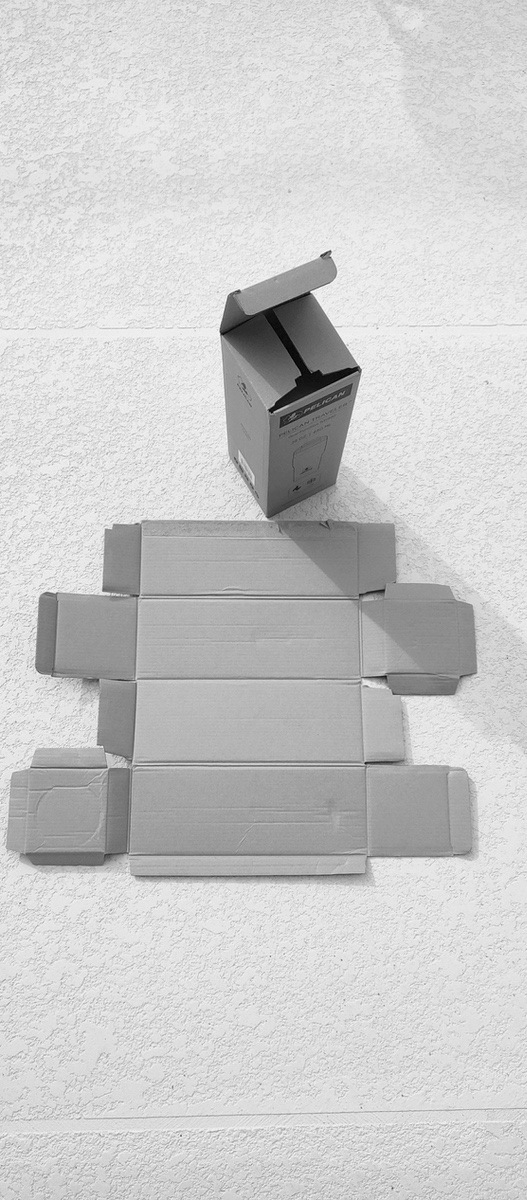About a week before Christmas, my daughter came to my house and noticed a worn, beat-up plastic water bottle on the nightstand next to my bed. “How long has that been there?” she asked.
“Probably four or five years,” I said. “I refill it in case I get thirsty through the night.”

She was horrified and started talking about microplastics, forever chemicals and any number of other unpleasant thoughts.
“Then I probably shouldn’t tell you about the plastic water bottle in my car that’s been there for the last five or six hot summers,” I said.
She shuddered and said, “Well, that makes it easier to decide what to get you for Christmas.”
A few days later, Amazon Claus delivered not one but two Pelican Traveler drink tumblers to my door, with a flip-lid for hot liquids, and a flip-spout for cold liquids. One for the house and one for the car, I guess.
The box it came in says it’s made of 18/8 pro-grade stainless steel (which I assume is better than amateur-grade steel), and it’s also copper-lined and BPA-free, which probably means that I’ll be cutting way back on my daily dose of microplastics. But that’s OK, because I surely have enough plastic in my system to turn into a poly-vinyl mummy when my time comes. Maybe they’ll erect my plasticized body as a statue somewhere in Sun City. Think of how much fun it will be for you and the neighbors to gather and protest that I be torn down.
The Pelican directions say to wash them in warm soapy water before drinking from them, and that was starting to sound like a lot of work, so I did what any person of my maturity level would do: I put them aside and started playing with the boxes they came in.
Like any box, it’s a seemingly simple cardboard rectangle. But when you pull the seam apart and lay it flat, it’s a marvel of origami engineering.
I have always been fascinated by how cardboard boxes are designed. I always wanted to be that guy who worked in a doodad-and-thingamajig factory, and have the boss say to me: “We just made a million of these doodads, and now we went to ship them out. Make a box that’s perfectly designed for that doodad. You have until Friday, because next week is thingamajig week.”
What a great job that would be!
Long ago, when I lived in a low-rent townhouse, my neighbor was the kind of nerdy guy who you know never got dates in high school, but who would probably find some brilliant way to save the planet. I asked him what he did for a living, and he said, “Well, I’m an inventor. I guess.”
He said he started out working on an assembly line in a factory that made doodads or thingamajigs, and one day he figured out how to get the assembly line moving more efficiently. The doodad took seven steps to make, and if you made a little device that modified one part of the assembly-line machine, it would automatically flip the doodad over and go to the next step, instead of requiring the operator to stop the machine, flip the doodad over manually, and start the machine again. Now the process was six steps instead of seven, and it saved 30 seconds. The little modifying part could be made for next to nothing.
The boss did some figuring. If an operator saved thirty seconds on each doodad, he could make a thousand doodads in 500 minutes less time. And 500 minutes is about one eight-hour day. The factory could either make a day’s more doodads for the same wages paid—or pay a day’s less wages to keep production at the same level.
And that was just at that factory. They had ten factories nationwide.
My neighbor was taken off the assembly line and given a new job. Now, he was paid to walk around the factory, enjoying as much coffee and donuts as he wanted, and chat with workers at every station.
He would chat with each worker on the job, sometime for weeks on end, and eventually he might say, “You turn around to get a little bracket to attach to each doodad. Would it be easier if those brackets came down to you in a chute, and they were timed to come to you one by one, exactly at the moment you need it for the next doodad?”
You get the idea.
Over time, each little modification saved the company millions of dollars. Beyond that, the modifying inventions were patented, so if competing doodad companies wanted to streamline their operations with that modification, they had to pay.
Of course, he did it on company time, so the patents belonged not to my nerdy neighbor but to the company. That’s why he lived in a cheap townhouse next to me instead of a mansion on a hill.
“That doesn’t sound fair,” I said, but he just shrugged.
“I get paid to drink coffee and eat donuts. I like coffee and donuts,” he said. “And the inventing is fun.”
I was thinking about him when I flattened out the Pelican boxes I got from Amazon, because I always wanted to be the guy who made the origami boxes his doodads got shipped out in. What a great job that would have been! Because I like coffee and donuts too.
And now that I have two Pelicans to keep our coffee hot, he and I wouldn’t have to keep running back to the microwave.
We’d probably both get a bonus for saving that time.
TR Kerth is the author of “Revenge of the Sardines.” Contact him at trkerth@yahoo.com.




